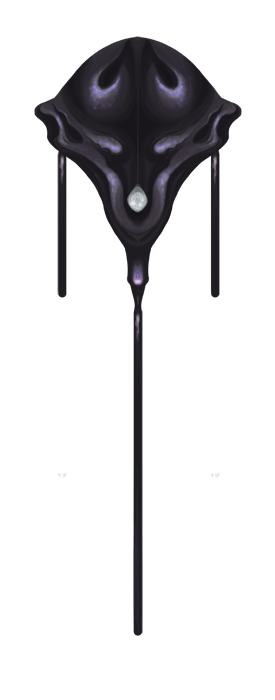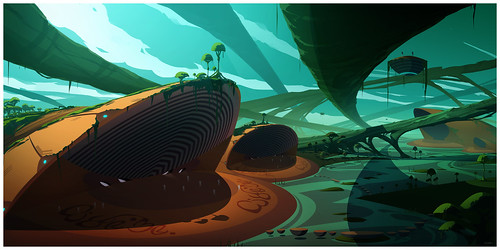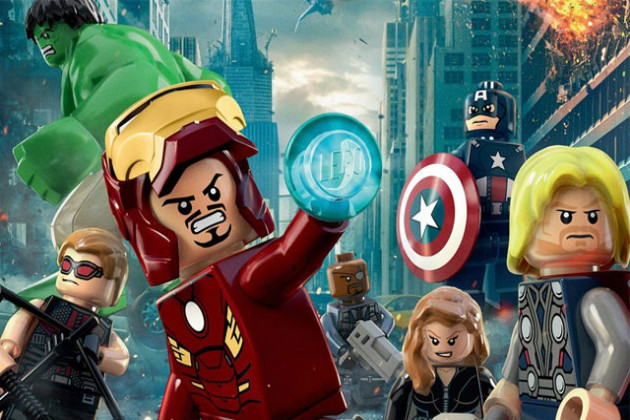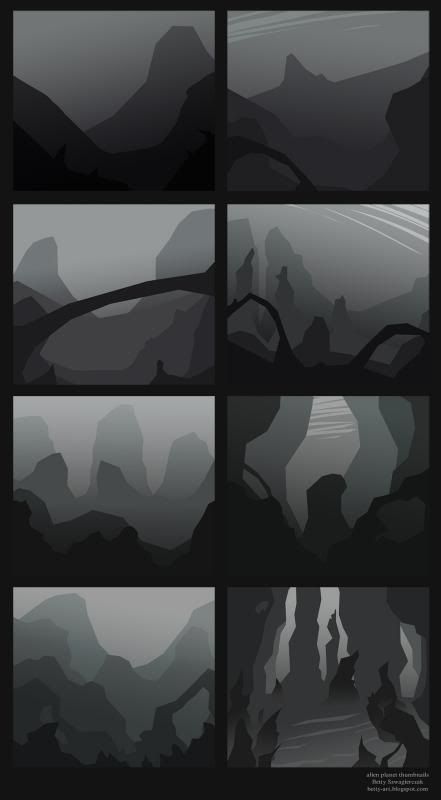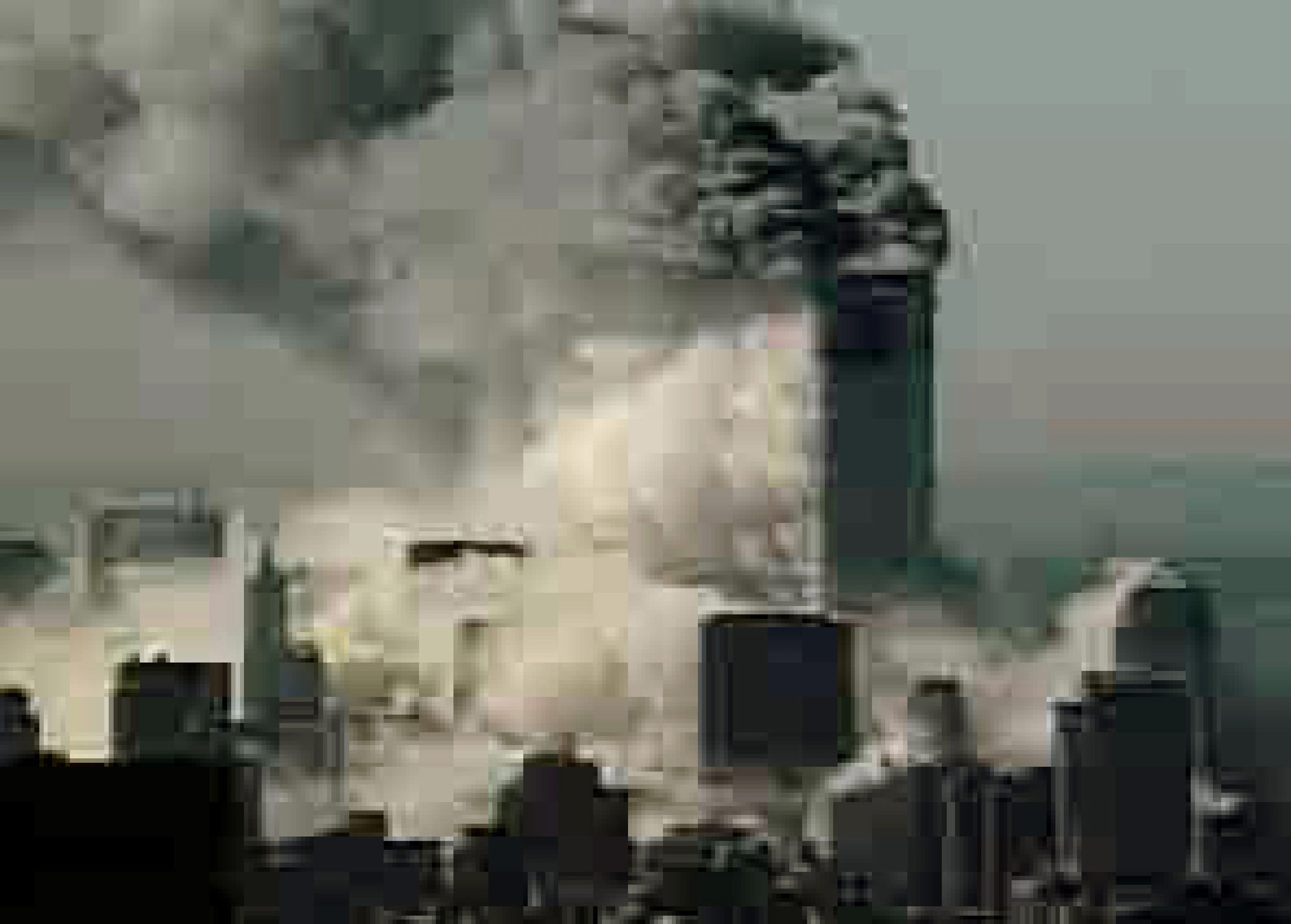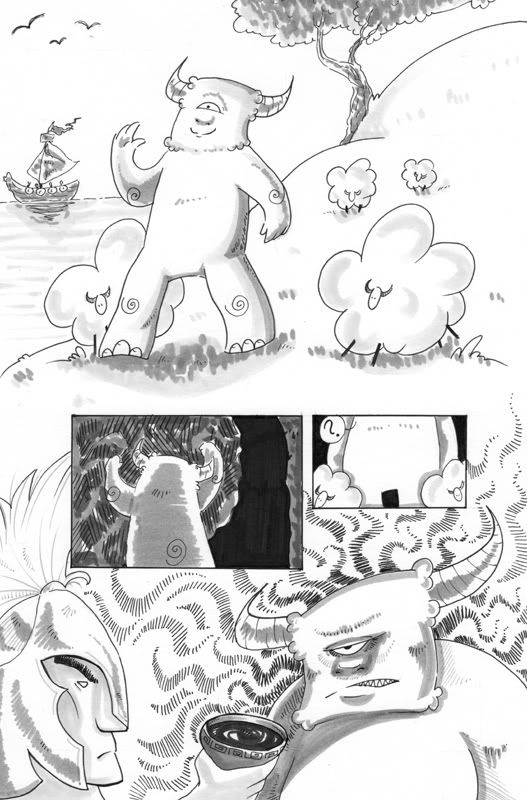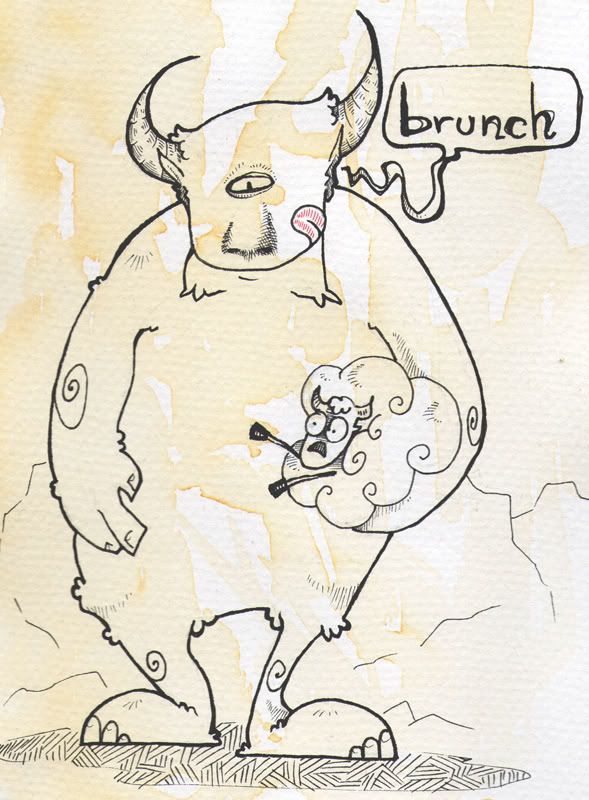This year Bradford Animation Festival is celebrating 20th anniversary with a beautiful Idents and Sting created by Joanna Quinn.I've stayed only for a Game part of the festival and really enjoyed talks by various professionals. Below is a little summary of what happened during the first day.
After a short introduction done by Jamie Sefton our first speaker was Mike Bithell.
 Mike Bithell
Mike Bithell - indie game developer, creator of
Thomas Was Alone. He talked mostly about his new, upcoming indie stealth game
Volume. I really liked the gameplay ideas and the plot - re-telling story of Robin Hood in completly new, sci-fi settings. Game is being developed for 5 different platforms, including PS4 and PSVita and Danny Wallace will be one of the voice actors.
Steve Lycett - SUMO Digital - worked on many titles, including
Split Second and various SEGA games. His latest project was
Katsuma Unleashed - a handheld game that he and his team were able to produce in just over 7 months. Steve talked a lot about pre-production of this title and showed us WIP gameplay, animation tests for different characters, intro video.Another game presented was
Sonic All Stars Racing Transformed. This one took 3 years to make and was quite challenging - everything had to be animated and each environment unique and interesting.
 Karl Abson
Karl Abson - lecturer at Bradford University, talked about techniques of animal motion capture. He also talked about the uses of mo-cap and difficulties of working with animals - in his case, with horses. Although it's a very hard and time consuming process, the effects produced during session are far better and more realistic/believable than when animated by key framing (mo-cap is a data driven animation). iKinema was another thing metioned during this talk - it's a plugin for Maya that allows a real time skeleton mapping with mo-cap session.
Warren Spector - game designer, best known for his work on
Deus EX and
Epic Mickey, although he worked in game industry for many year
s. He presented all his work on
Epic Mickey, talked about balancing visuals & gameplay, player control, camera position, character evolution. He also shared some tips and few stories.
Phil Gray - TT Games - best part of a day, really good talk about LEGO brand and new game in franchise -
LEGO Marvel Superheroes. I like LEGO games, mostly because of the fun gameplay, and hoped to see some behind the scene, pre-production stuff, however this talk was full of in-game cutscenes and trailers.
 On 19th of November in Cathedral Academy (in Wakefield) I had a wonderful opportunity, along the other student ambassadors, to teach kids and present my work. We were representing a variety of courses run by Leeds College of Art (DFGA, Printed Textiles, Illustration), encouraging youngsters to choose Higher Education in the future.
On 19th of November in Cathedral Academy (in Wakefield) I had a wonderful opportunity, along the other student ambassadors, to teach kids and present my work. We were representing a variety of courses run by Leeds College of Art (DFGA, Printed Textiles, Illustration), encouraging youngsters to choose Higher Education in the future.








